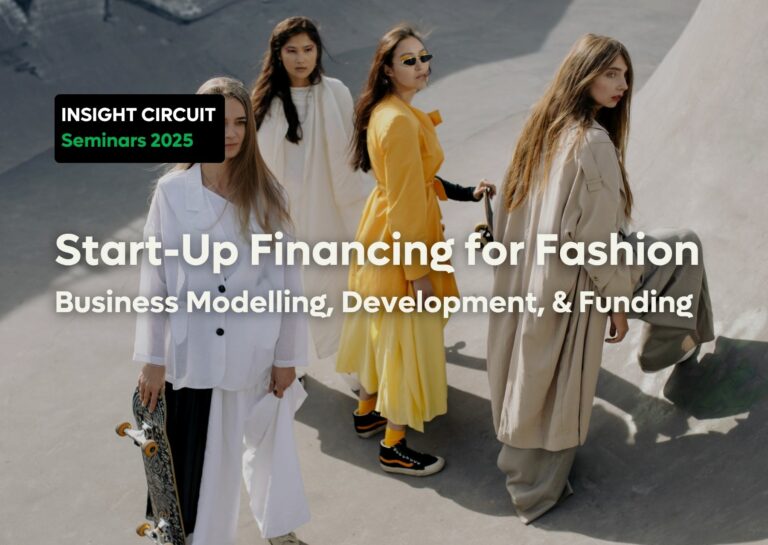
In a recent Insight Circuit 2025 session, the Singapore Fashion Council welcomed Michael Schindler—former Levi’s executive, investor, and advisor—to unpack the essential ingredients of early-stage growth for fashion startups. Drawing from decades of cross-market experience and an eye for what scales (and what does not), Schindler delivered a masterclass in translating great ideas into investable and enduring businesses.
From Big Ideas to Viable Businesses
Whether you are selling denim, shoes, or sustainable skincare, the question remains the same: why does your business exist? Schindler emphasized that a clear, well-defined value proposition is the bedrock of any viable brand.
Do not chase trends—solve problems.
Take Levi’s, for example. Their rise to iconic status began with a simple copper rivet addressing ripped pants during the U.S. Gold Rush—not fashion, but function. Great businesses do not begin by aiming to be cultural icons. They start by solving unmet needs.
What’s Your Secret Sauce?
A strong value proposition demands:
As Schindler put it, “If your idea can be replicated, speed becomes your advantage. If it is utterly unique, protect it.”
Business Development: Prioritise Relentlessly
Fashion startups face a paradox of choice. The sheer number of potential markets, channels, and strategies can be paralysing. Schindler urged founders to focus.
Case in Point: Charles & Keith
The homegrown label scaled not by rushing to the U.S. or Europe, but by taking an “Asia-out” approach—expanding deliberately through partnerships and local insight. Their hybrid model (owned stores where possible, partners where necessary) created a balanced, resilient footprint across Southeast Asia and the Middle East.
Pro tip: When choosing partners, prioritise shared values and retail real estate expertise—not just size. A giant distributor with 50 brands may give you shelf space, but not the mindshare you need to succeed.
Funding: Smart Capital, Not Just More Capital
Raising capital is not just about getting funded—it is about choosing the right fuel for your growth. From angel investors to private equity, Schindler broke down common funding types and their tradeoffs. In choosing your source of funding, you are not just choosing a check—you are choosing a board seat, a growth trajectory, and a level of control.
Everlane was held up as a best-in-class example. The San Francisco-based brand started with a single product (a $15 transparently made T-shirt), layered in angel funding, convertible notes, and eventually PE-backed growth. The lesson? Match your funding to your phase—and stay in control of your narrative.
Getting Started: Tactics for SMEs
For entrepreneurs in early stages, Schindler advised:
The Road Ahead
For those building the next generation of fashion brands, the path will not be easy—but it is clear: